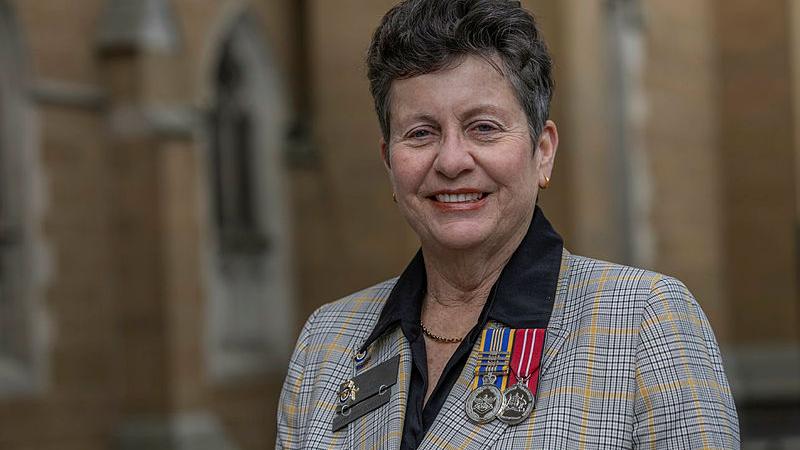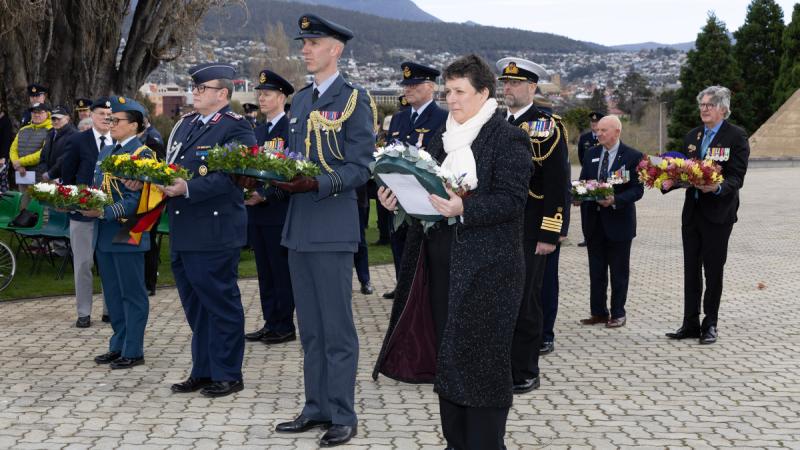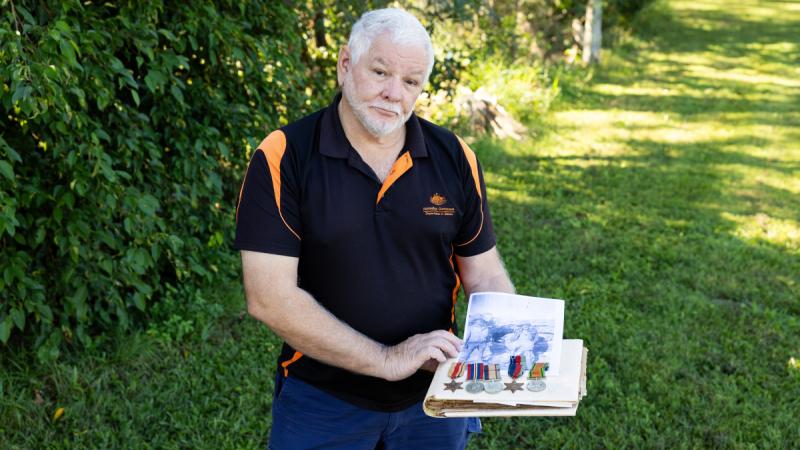4 August 2021
The Olympics have particular significance for Air Force.
While several Olympians have worn the Air Force ‘blue’, Doris Carter’s story is an inspirational one.
At the 1936 Berlin Olympic Games, Doris – a high jumper – became the first Australian female track-and-field athlete to reach an Olympic final and went on to complete more firsts for Air Force.
From an early age, Doris displayed an athletic ability that set her apart from her peers.
This saw her pursuing a variety of sports throughout her school years before specialising in high jump.
She was selected to represent Australia at the 1936 Games. She carried an injury into the final, but pushed on and finished just outside the medal placings.
Sadly, the onset of World War II curtailed any further Olympic dreams she may have held and her achievements at Berlin became the pinnacle of her athletic endeavours.
But when one door closes, another opens.
In 1942, at the height of the war, Doris set aside her athletics career and joined the Women’s Australian Auxiliary Air Force (WAAAF).
Her war service culminated in her being chosen to lead the WAAAF contingent in the Victory March in London.
Not long after the end of the war, Doris entered civilian life.
But this was not to last.
In 1951, she was called up to be the first director of the newly established Women’s Royal Australian Air Force (WRAAF) with the rank of wing officer.
Her outstanding leadership helped shape the WRAAF and this was recognised when she was awarded the Order of the British Empire.
But even in retirement her achievements kept on coming.
In 1996, at the age of 84, she became the first woman to lead the Melbourne Anzac Day march, sharing the role with Air Commodore Keith Parsons.
Doris, a tireless contributor to any cause she took on, passed away in 1999.


